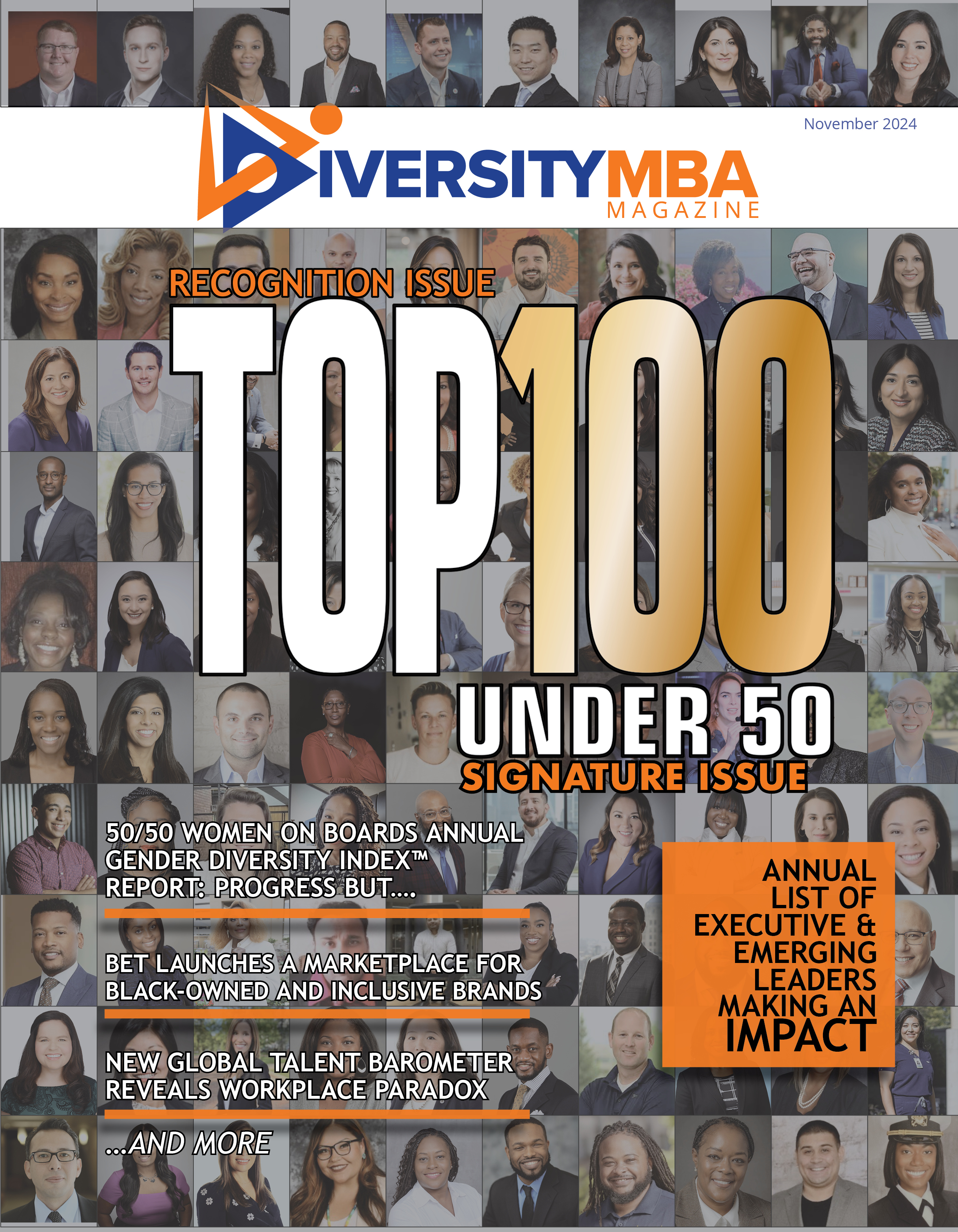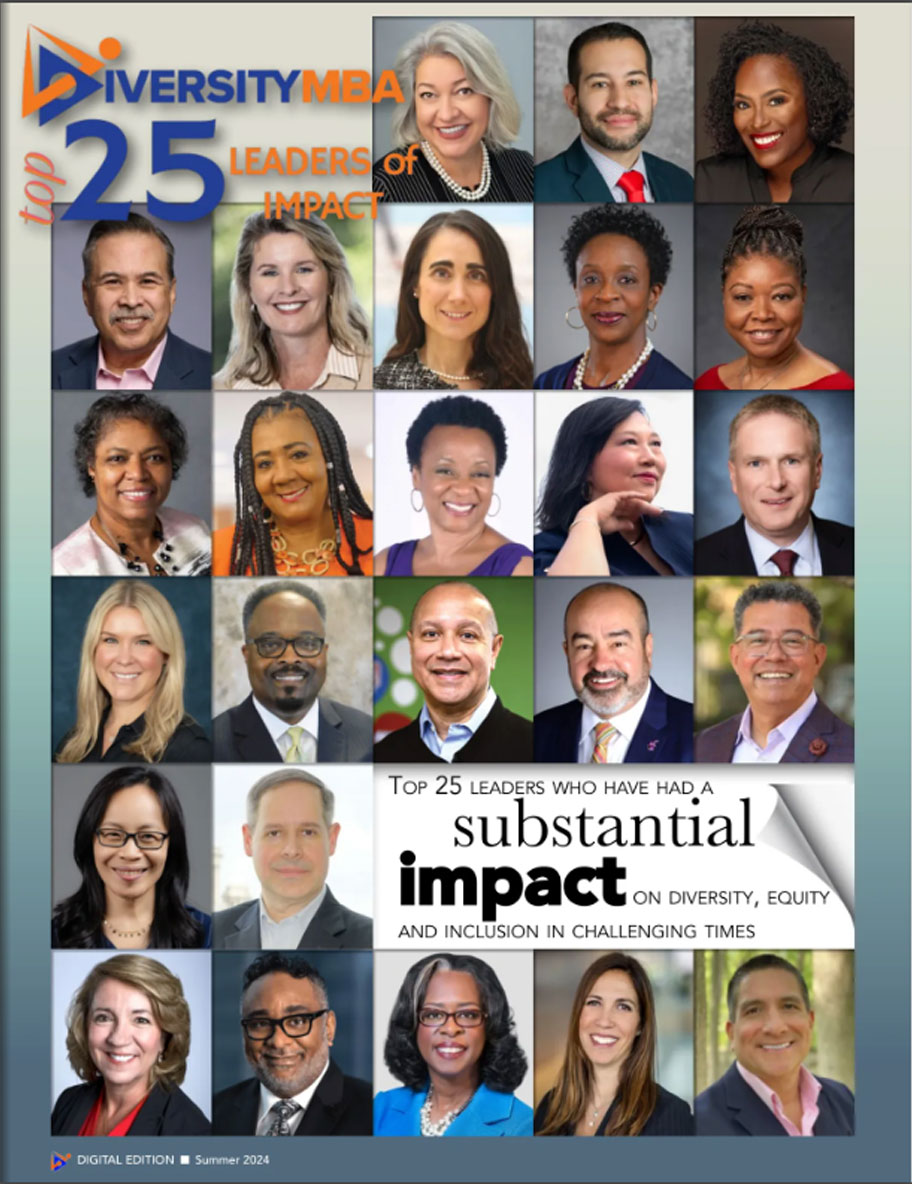Thirty-four percent of employed Americans plan to look for a new job when the economy gets better, according to the Deloitte Consulting 2010 Ethics & Workplace Survey. Within this group of survey respondents, 48% cite loss of trust in their employer and 46% say lack of transparent communication from their company’s leadership are the primary reasons for pursuing new employment. Additionally, 65% of Fortune 1000 executives who are concerned employees will be job-hunting in the coming months believe trust will be a factor in a potential increase in voluntary turnover.
Every day, we witness the breach of trust and ethics in business and entertainment news. Leaders are exposed, businesses are destroyed, and people are brought down in the public eye. Leaders set the tone for the company, and their personal values, beliefs, and ethical behavior become embedded in the culture. Leaders determine the ultimate effectiveness of their companies, as the personality and skills that they bring determine the way problems are solved, how tasks are accomplished, and the overall culture of the organization. Great leaders exhibit both their values and their ethics in their leadership style in everyday actions. Ethical leaders breed ethical teams and organizations. Trust can motivate teams beyond expectations and can sometimes explain why employees are loyal and go above and beyond. Trust or the lack of trust can be the difference between a functional or dysfunctional team.
So what’s getting in the way of leaders being viewed as trustworthy and ethical? Some are simply unethical while others are good people but are unaware of how their actions are seen or interpreted. Biases get in the way of being viewed by others as a leader worth following. A first step is to become self-aware and acknowledge biases and assumptions, then work to challenge them. The ideal leaders must not only manage their own biases, but lead with the group in mind. This means resisting the temptation to lead with simply one’s own agenda. Biases are rooted in core values. We all are good people and at the same time we all have biases, both positive and negative. Biases can also surface in decisions made in the workplace such as recruiting, hiring, promotions, mentoring, creation of policies, listening to other’s ideas, and even in our treatment of customers.
It is impossible to eliminate all biases, but leaders must find a way to challenge theirs so they don’t become barriers to fair decisions and actions.The impact of not managing bias in the workplace is lost productivity, creativity, and employees; low morale and confidence; damaged relationships, wasted time, and sometimes even discrimination lawsuits. Bias is often hard to recognize. When trust exists in the workplace, employees will share their perceptions and views of bias, unfairness, or unwanted behaviors with their leaders. When trust doesn’t exist, the conversation still takes place, but it occurs in circle of gossip versus the source of concern. When you combine self-awareness with open and honest feedback, biases will be better managed and trust will be created.
How do all these factors come together in leadership? A leader’s values aren’t what he or she says they value, but by what is demonstrated. Leaders can declare their values, but what employees measure them on is what they display. Employees then decide if the leader is someone they can follow.
Five ways to build trust are to 1) Establish and maintain integrity (do what you say and communicate when you can’t); 2) Communicate your vision and values and live them; 3) Consider all employees as equal partners; 4) Focus on shared rather than personal goals; and 5) Do what’s right, regardless of personal risk. Five ways to lose trust are to 1) Act and speak inconsistently; 2) Seek personal rather than shared gain; 3) Withhold information; 4) Lie or tell half-truths; and 5) Be closed-minded.
Trust is the cornerstone of any relationship. If it‘s compromised, the relationship requires repair. It far much easier to earn a person’s trust than it is to rebuild that trust once it’s broken. No matter what a leader does, relationships can still be damaged. How does a leader repair broken trust? Here are a few suggestions on how to begin the process:
Explore the disconnect. Acknowledge the breach of trust, share its impact on you, and ask for possible impacts of that disconnect on the other person. The other person will need to feel heard and understood before being willing to listen to your perspective. Apologize and clarify your intentions. Ask the other person for his or her preferred behavior.
Discuss the impact on workplace effectiveness. Understand the impact on performance, teamwork, relationships with others, morale, etc.
Develop a strategy to solve the disconnect. Ask what you could do to help remedy the situation. Be willing to change your behavior. Ask what help the other person is willing to provide. Develop checkpoints to monitor progress and reconnect to discuss status and improvements.
Consistently behaving in a trustworthy and ethical manner takes effort. It is not sufficient to simply believe one is trustworthy and ethical. Leaders who aren’t aggressively and proactively working at these issues every day run the risk of being misunderstood and misinterpreted. It takes far more energy and effort to repair relationships than to effectively practice trustworthy and ethical behaviors.
Doug Harris, is CEO of The Kaleidoscope Group
Image courtesy of GloboForce








